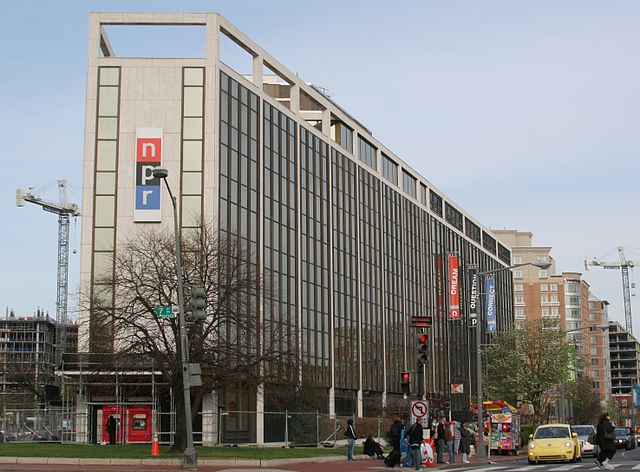What is meant by “open-source?”
Software is written in a human-readable programming
language before it is then compiled, that is, translated into a language only computers can understand (ones and zeroes). After a program is compiled, it is not possible to know exactly what that code is doing if one does not have access to the human-readable source code.
Most software we use today is proprietary and closed-source, meaning the company/entity that owns said software has not made their source code available for public viewing. This allows for software developers to get away with executing potentially malicious code, without the average user noticing.
Open-source software, on the other hand, is software which has publicly-available source code that anyone can view and vet for themselves. It also allows people to download and modify the program exactly to their liking before compiling it.
Generally, source code is stored in what is known as a repository, which is typically stored online. Repositories have the added benefit of allowing other programmers to contribute their own source code to the project, which results in better software. As a matter of fact, the page you are currently reading this from is a repository! While there is no code to be found here, I chose this medium to stay consistent to the theme of the presentation. (Editor’s note–this article was originally posted on GitHub.)
Now that you hopefully have a better understanding of what open-source software is, let’s move onto my personal picks for the best open-source applications for creative work. I have picked these programs according to criteria such as community support, usability, and functionality (I also have personal experience with each of them). Narrowing the list down to five was challenging, as there are many good programs out there to explore!
1. Blender
Blender is a complete 3D animation and asset creation suite. It is highly extensible and customizable out of the box, supporting scripts and add-ons provided by the community. It has a wide range of capabilities besides just modeling, and animation, such as sculpting, video editing/compositing, and advanced physics simulation, just to name a few. I put Blender at the top of this list because of its massive userbase, lifespan, and donation-based development fund, which set a great example of how open-source software can become a dominant force in the market.
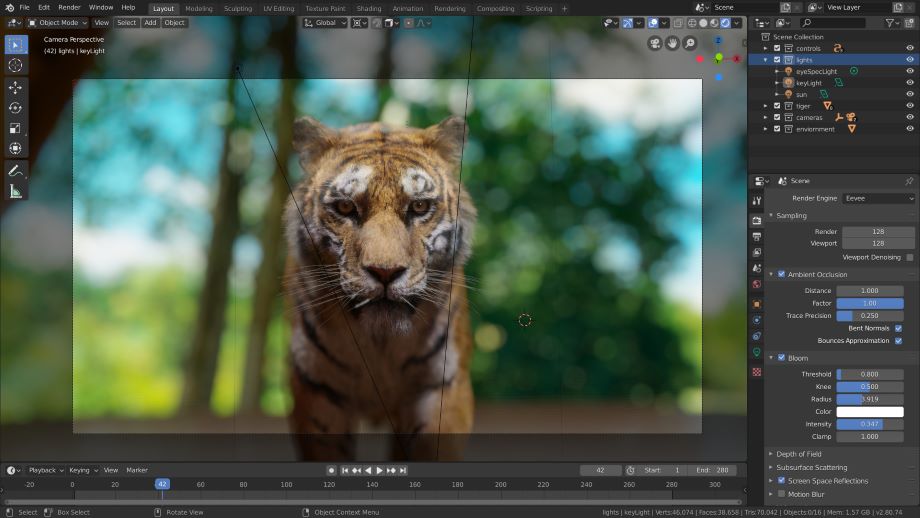
2. Godot
Godot is an advanced game engine that competes with state-of-the-art proprietary game engines such as Unity. It is completely free to use and modify, and there are no licensing or royalty fees, unlike other well-established game engines. Many great games have been developed using the Godot engine. Godot has been becoming very popular in recent times, amassing a thriving and vibrant community. Similarly to blender, it has a strong backing of community donations to support development, and many contributors working hard adding new features to the engine. It is an awesome engine for anyone looking to get into game development for the first time!
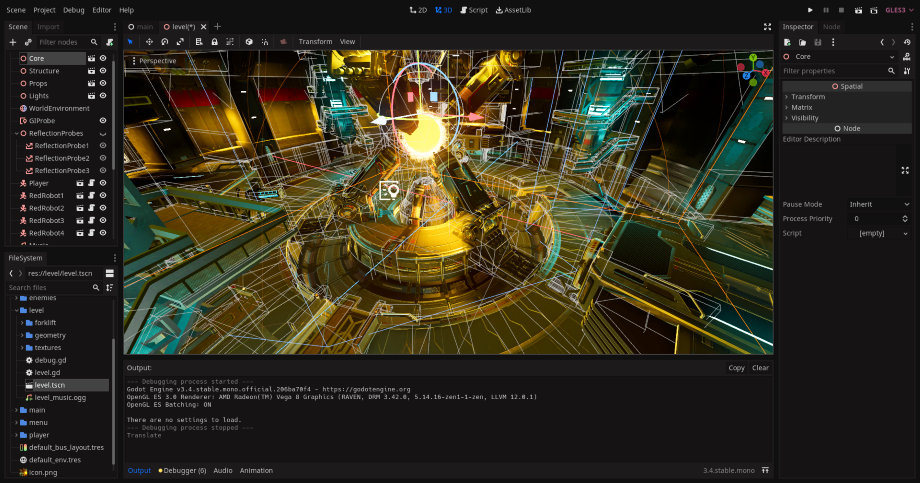
3. LibreOffice
LibreOffice gives you all the functionality of popular office software as seen from companies like Microsoft or Google. You can make documents, spreadsheets, presentations, etc, and it even has cross-compatibility with proprietary formats (such as Microsoft’s docx). There are many extensions available to download for LibreOffice that allow you to extend the capabilities of the software. One may not think of LibreOffice as software for ‘creative’ work, but I put it at the middle spot on this list because a good suite of office programs are essential for a number of occupational and organizational uses, including the work of a creative. Let’s also not forget that writing is a form of creativity!
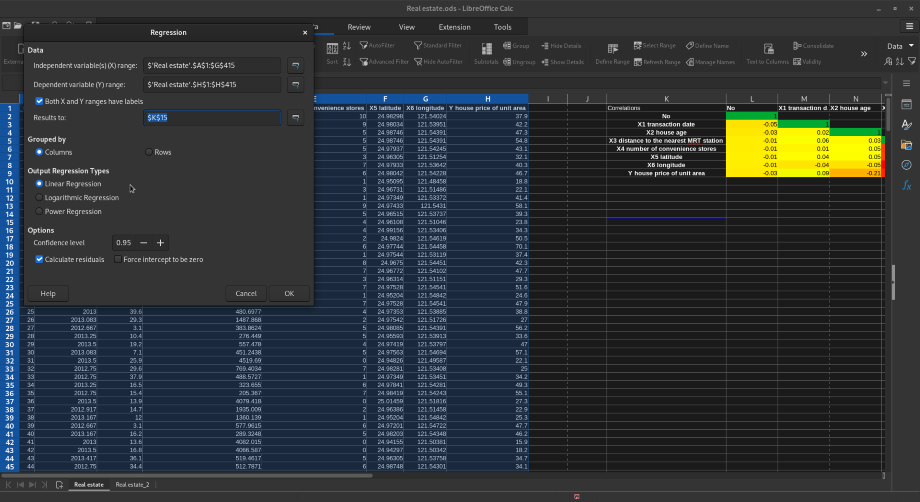
4. Krita
Krita is an excellent digital art program that comes with all the features you’d hope for in drawing software. The program has a wide variety of brushes, filters, and blend modes out of the box—and that’s just the tip of the iceberg. As with every other program in this list, you can install plugins to extend Krita’s functionality and features. Krita allows you to create real-time adjustment layers, making it a good alternative to photoshop. It even has simple 2D animation capabilities! Krita is a popular program due to its versatility and customizability, so it gets spot four on this list.
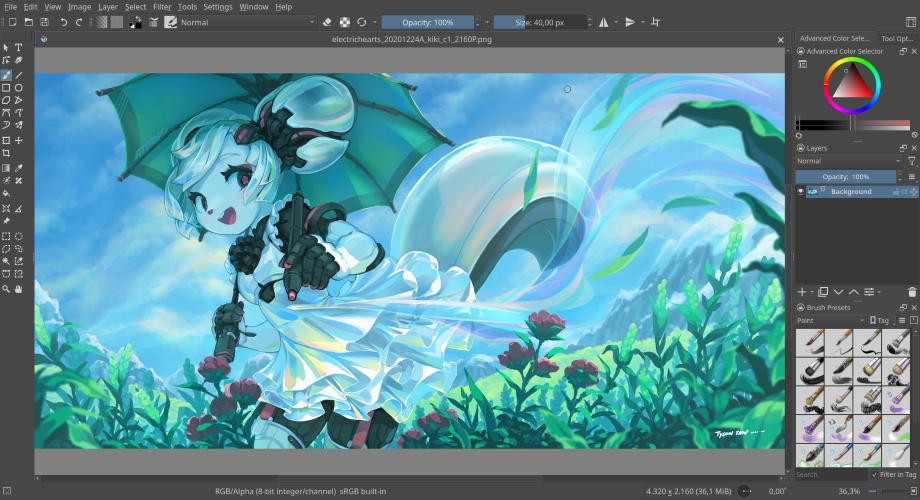
5. Inkscape
Inkscape is a great alternative to programs like Adobe Illustrator for vector graphic design. It is highly powerful and intuitively designed for working with curves and shapes. Inkscape extensions allow you to, as you probably already guessed, extend the functionality of the software even further. Inkscape is lowest on this list because it doesn’t completely beat out the proprietary competition as far as market share and popularity, but it is still an excellent program that is very easy to learn.
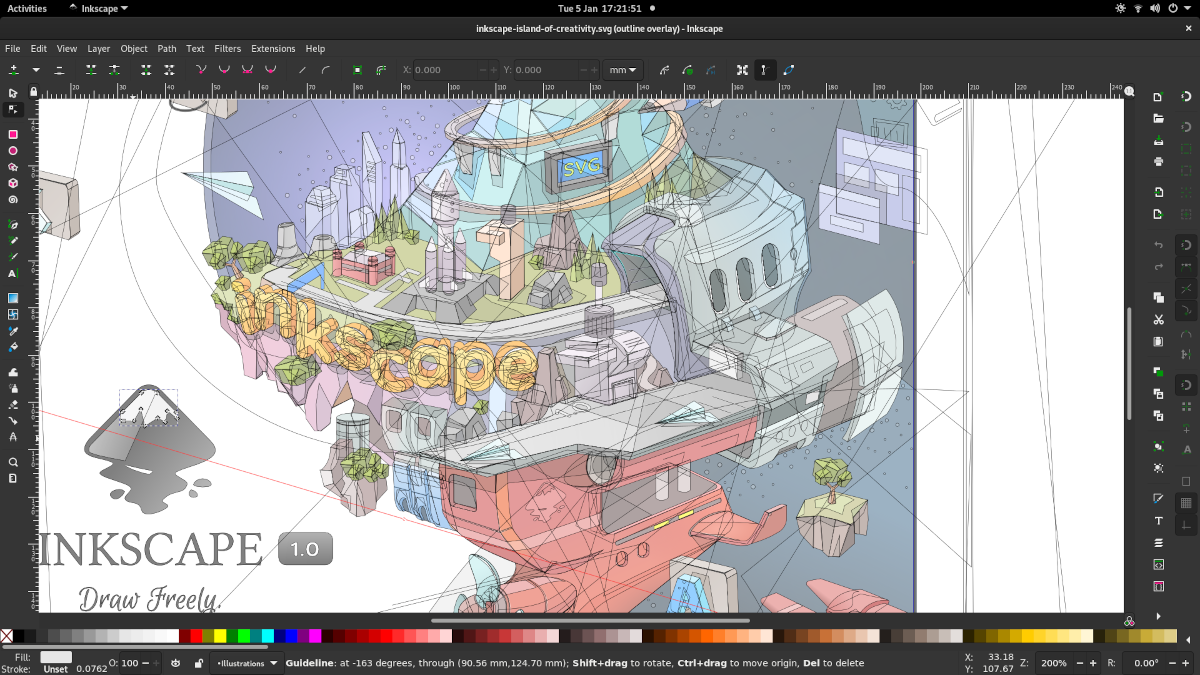
This concludes my top five list of open-source applications! Hopefully I have inspired you to go download and try some of these programs for yourself!
References
- Official Blender website
- Blender Development Fund
- Official Godot website
- Godot Showcase (games made with Godot Engine)
- Official LibreOffice website
- Comparison of LibreOffice and Microsoft Office
- Official Krita website
- Krita’s most powerful features
- Official Inkscape website
- Video comparing Inkscape and Adobe Illustrator




